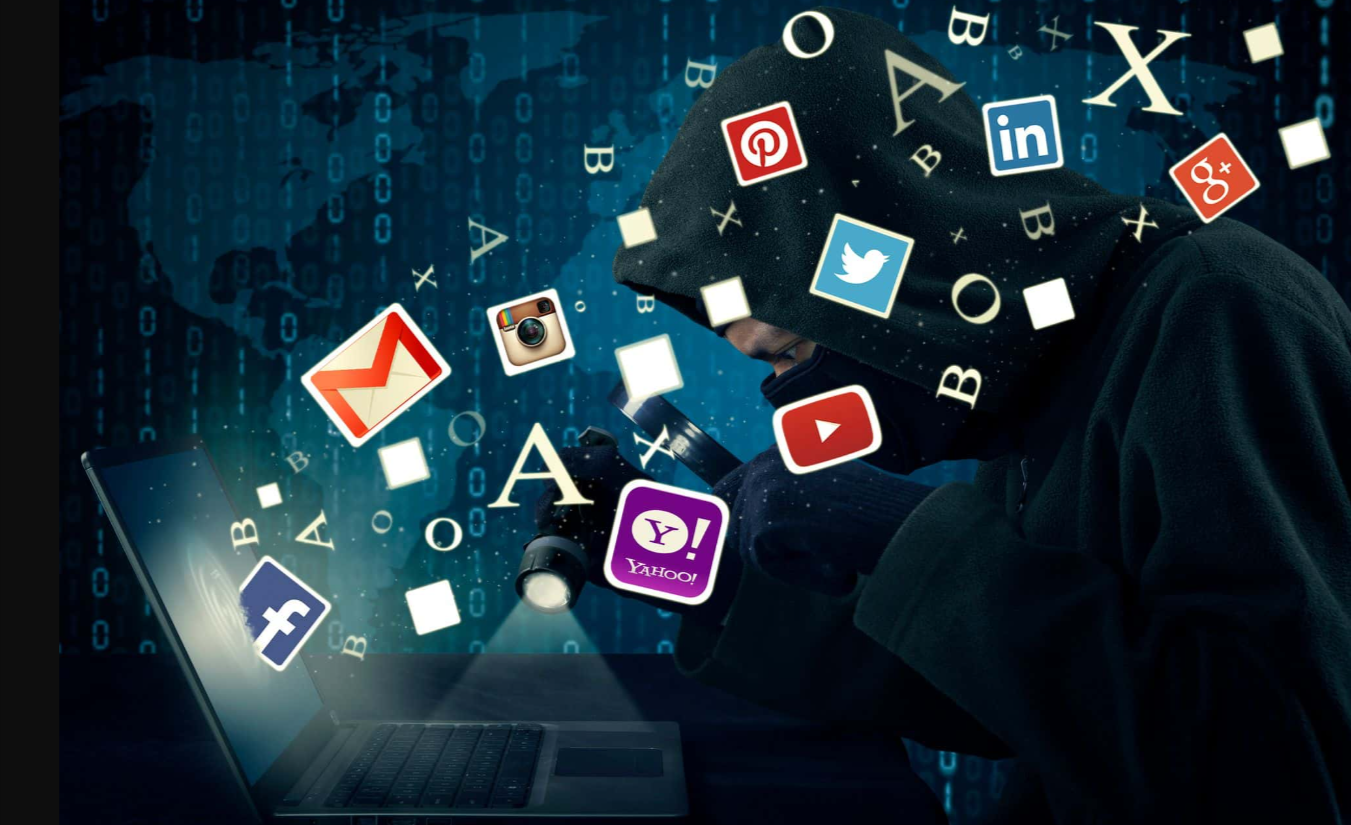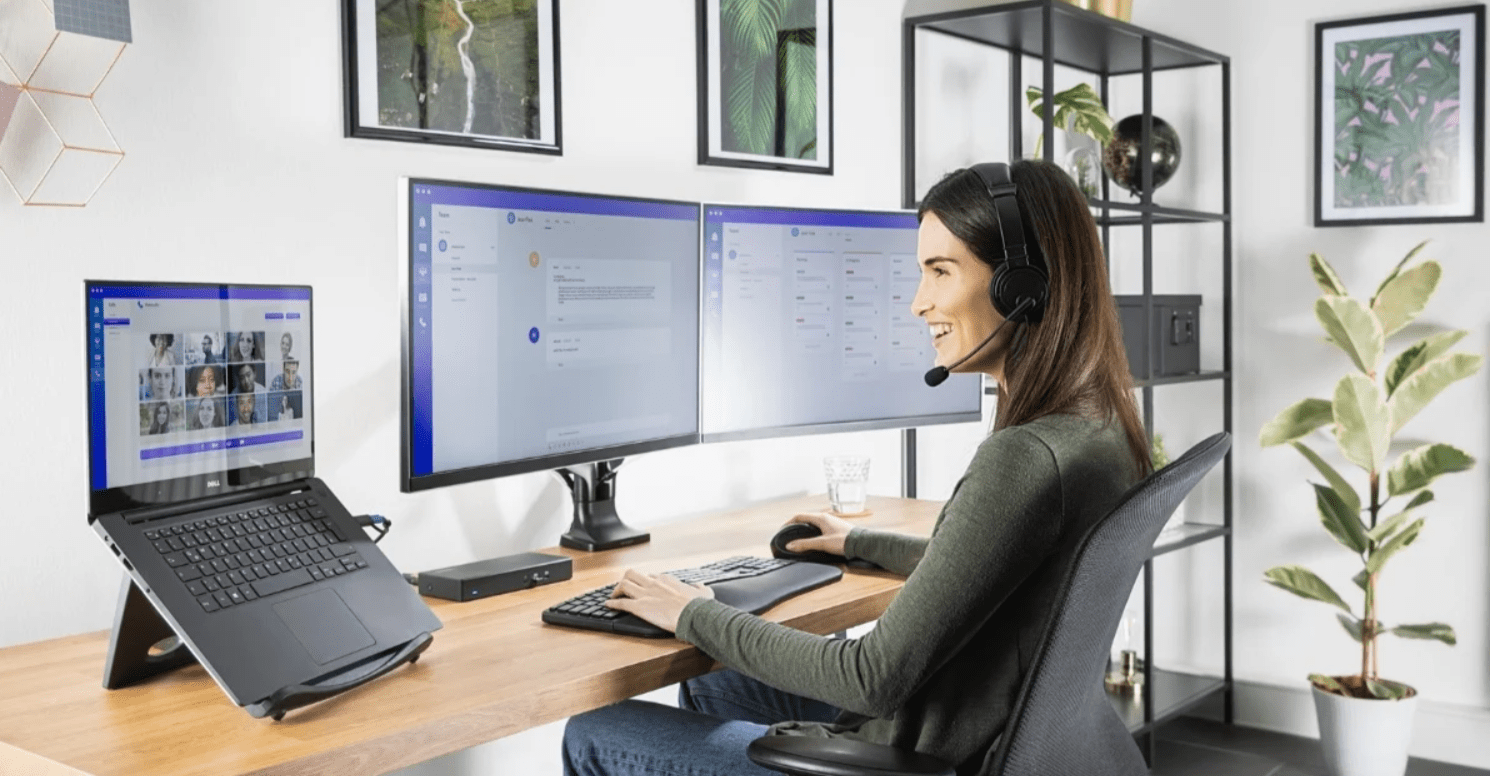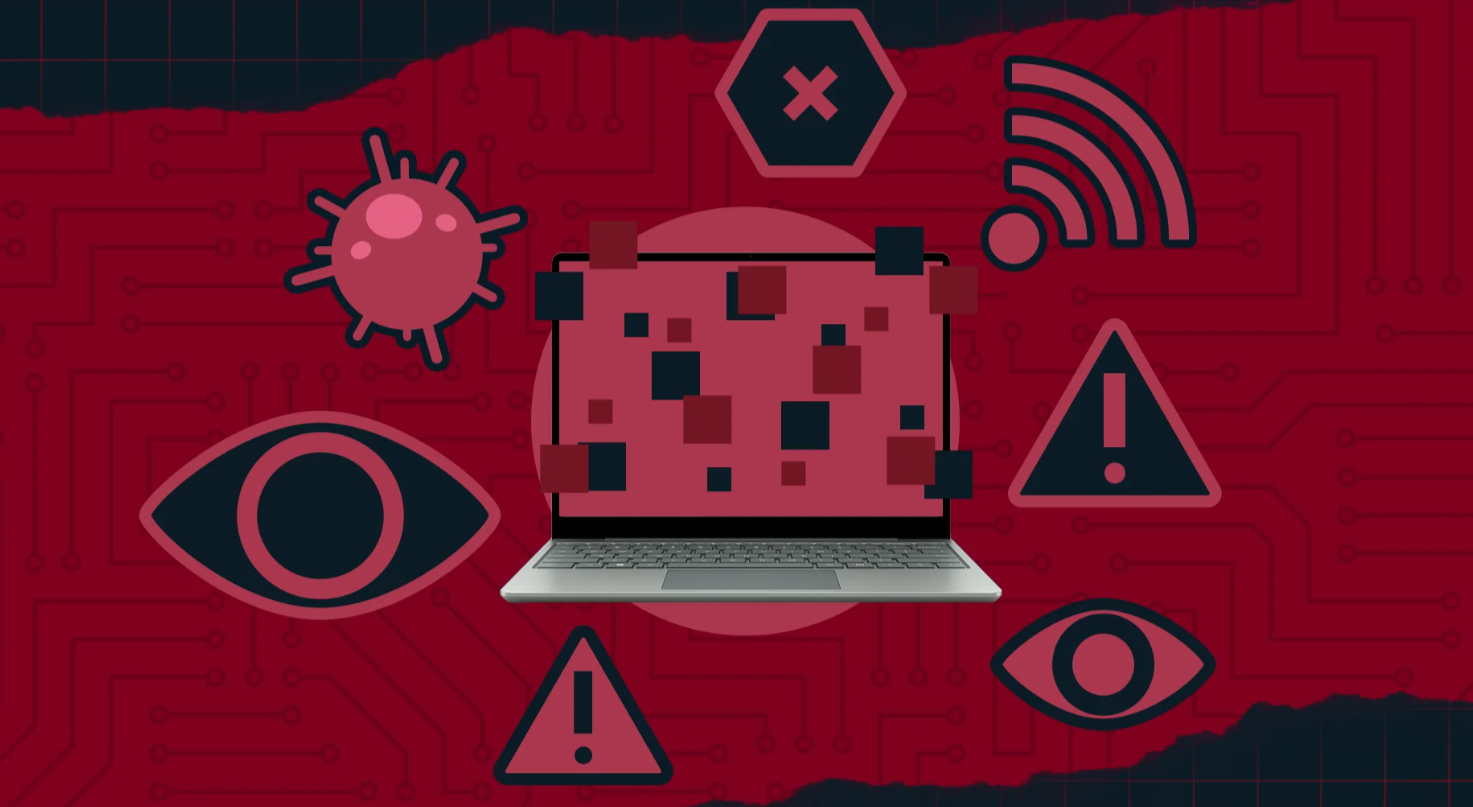How to Secure Your Social Media Accounts from Hackers

Be mindful that even private social media accounts are connected to a multitude of activities. In addition to chatting, social media accounts are used for commenting, business transactions, and even as a form of self-entertainment. Increased use, however, has led to the users being more vulnerable to being hacked. As a result, it is essential to restrict account access and screen personal details from unauthorized access by the wrong people or audience.
In order to solve this problem, I will explain along with all the tips and tricks that will make your social media protection Active Agile. There exists social anti, methods used by either greenhorns or very old veterans of cyberspace here so that no soul will give out their accounts to anybody without them.
With that being said, let's ensure that your accounts are well protected.
1. Understand The Threats And Risks
When trying to protect their social media account, it is wise to first identify the threats and risks within your cyberscape. Social scammers have very sophisticated and clever ways of sneaking into secured social media accounts. They use the methods described below.
Impersonation Scams: Social media hacks take place when scammers fraudulently impersonate people or established services in order to capture sensitive information like login details. Phishing emails form the basis of all deceptive fake webpages, messages, or even emails created to capture vital information from users.
Easy Passwords: The use of very simple passwords is practically the same thing as inviting hackers and scammers to access information very easily.
Data Exposure: You can be sure that the data from signup credentials is a part of the major losses a social networking site shall suffer in case of a security hack.
Malware: Giving the keys to access is far worse than being the recipient of evil hacks, being a victim with devices full of malware software is like giving your security to a black hat hacker.
Risky Wi-Fi: Loosely walking around prevents you from being a target to hackers waiting to capture information as soon as you connect to open unlimited WiFi.
Understanding the risks helps in tailoring specific actions that improve the security of the account and reduces the chances of being a victim.
2. Create Unique Hard Passwords
Drafting passwords that are difficult to guess is one thing, but recalling them later can prove to be much more of an issue. Many people respond to this by having one password for everything or simply choosing something as dull as ‘123456’ or ‘password’. Simultaneously, these attempts would be subject to brute force elimination.
Here’s how to create strong passwords that are hard to crack:
- Build It: Ensure passwords are at least 127 characters, contain random, uppercase or lowercase, letters, digits and incredibility measures.
- Avoid The Obvious: Never use personal names, birth dates or anything commonly used dictionary words.
- Go Long: The modern world is becoming more safer. Enhanced security measures should apply to all. Lengthen your passwords. Add at least twelve characters.
- Strikingly, longer passwords are an astounding 75% harder to breach. Keep ‘Em Separated:
- Avoid using identical passwords in different accounts. Different passwords for separate accounts reduces the risk of exposure.
3. Turn On the Two-Step Verification (2FA)
Two-factor authentication, or 2 FA, is useful because you are only able to login after validating two separate forms of identity. If your password was stolen, an identity thief would still get caught at the second hurdle without that proof.
Now, let’s look at the two main methods of 2 FA.
2 FA via SMS: With this system, you will first receive a password and will be expected to enter it together with your password. Access to the system is gained in addition to the primary proofs of verification by providing an extra code that comes to your mobile phone.
Authenticator App: This method is much better at guarding the account. Login can be attained by a user using the code from Google Authenticator or Authy App. These codes are set to change frequently.
Depending on whether or not a password has been leaked, access to the account will be denied, thanks to 2FA incorporated in social platforms such as Facebook, Instagram, Twitter, and LinkedIn.
4. Make Sure All Devices Are Updated
For those with bad intentions, outdated software serves as an easy security vulnerability. The only way to mitigate this is by upgrading the OS, social media browser apps, and any other tools on the device.
Heuristic checks such as best-refresh-deals can be automated in these ways:
Set Self Updates: this is the first step that should be done on all devices that are configured to have logical access to an area that needs to be protected and there are security updates which are available.
Update Regularly Check: If automatic checks are not available, you should do everything personally to run the version check from time to time and try to change the edit condition.
Update Third Party Apps: Don't forget to modify the settings for the social media tools individually for the set minimum upgrade interval. These tools should be assigned a higher minimum update value to reduce the possibility of security breaches.
05. Understand Phishing Scams and Steer Clear of Them
As one of the simplest computer crimes, phishing is having an individual attempt to get a user’s login and password for information retrieval and database access. People are manipulated into believing that when they click on phony links, they are being forwarded to genuine sites.
To avoid phishing attempts, you can follow these precautions:
Be extremely careful with weird or suspicious kinds of links that have been sent to you. You can take a look at the link where it leads by holding your mouse on it, but don't proceed to click it directly. Links that seem odd and contain nonsensical characters as well should raise a red flag.
Reject unsolicited emails from strangers and avoid trusting them. Legitimate social media platforms will never contact you impersonally through email or DM asking for sensitive information like passwords.
Most free email services do have some form of antispam software, so make sure the spam filters are set up properly.
Always check the links you use to log into social media accounts like Instagram or Facebook. If the link starts with “https”, it can be used securely. The letter “s” means that the shield is protecting your internet communication.
6. Check Your Account Activity Once in A While
To ensure that such has been carried out, it becomes important to check these accounts often for any suspicious activity. Most of the social network platforms today monitor and allow the user to view their complete activity log which marks every recent sign-in, password change, device login, etc.
Here is what you should do to monitor your account and check your activity:
Check Login Activity: Instagram and Facebook permit you to monitor your login activity on the site. Pay attention to them and look for any weird accessing devices or locations.
Set Alerts For Unusual Activity: Ensure you are notified for strange log-ins from new devices or unusual places. Make sure these alerts are set.
Remove Unidentified Devices and Applications: Spend a few minutes managing which applications and devices have access to your social profile. Eject some of these so-called strangers.
7. Avoid Public Wifi When Using Social Media
It can be risky to access social media accounts from public Wi-Fi spots such as coffee shops, interview centers, and hotel lobbies.
These public places are terribly known to be the best spots for hackers to scoop data.
While I am on the subject of better security on the internet, allow me to share this tip:
Always turn on your Virtual Private Network (VPN): While using the internet, no snooping trespasser can spoon any information from you as long as you use a VPN will protect you.
Disable Sensitive Actions on Public Wifi: While on a public network, try not to login to any sensitive accounts like your Facebook account or any banking accounts.
Turn off Wi-Fi sharing: Safeguard your device by stopping everyone sharing that same public network from sharing Wi-Fi to you.
8. Think through what the different apps given to the social media platforms are allow them use.
Most social media platforms give posts management, analytics, and other external apps access to your accounts for hassle free access. While this sounds benign, some of them do not pose very secure.
Consider taking the next steps in order to limit the risk of linking your social media account to unauthroizd third-party applications:
Periodically review the userrights you've assigned to certain third-parties for specific apps. In case they have ceased to serve a purpose, kindly uninstall the app.
Trustworthy Apps: Never download any app without first checking your feedback ratings as a developer.
Delete Apps: If you haven't accessed an app in a long time, the first step is to restrict your account's access to it.


